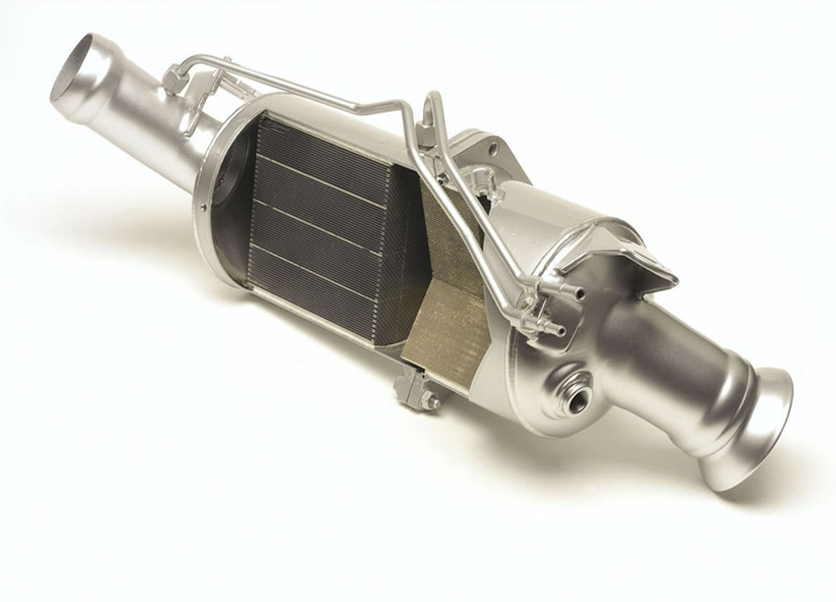
What You Need to Know About DPF Deletion
Vehicles, particularly trucks and heavy-duty models, are built with unique engines designed to meet different needs. In diesel engines, a Diesel Particulate Filter (DPF) is typically installed to capture soot and debris generated during fuel combustion. So why do some choose to remove this component?
DPF deletion kits have gained popularity among drivers looking to optimize engine performance. Here’s a closer look at how DPF removal works and its potential benefits.
Defining DPF Deletion
Advancements in diesel technology mean that removing or adding components requires specialized procedures. DPF deletion kits are used to eliminate filters that have become blocked with soot. This process allows the engine to operate without the DPF, improving airflow and efficiency.
A typical kit includes both a tuner and an exhaust. The tuner reprograms the software, allowing the engine to function correctly without the DPF, while the exhaust part simplifies installation. Make sure the kit is compatible with your vehicle and includes necessary bolts for easy setup. A professional mechanic can program the tuner to protect engine sensors during DPF removal.
Advantages of DPF Deletion
DPF removal offers several benefits for vehicle owners. Many report increased engine performance, including higher horsepower, better fuel economy, and smoother response. Additionally, removing the DPF can enable the use of alternative biofuels without interference from the filter.
Boost in Horsepower
The DPF restricts airflow when it clogs, which can reduce engine power. Removing it can enhance exhaust flow, enabling the engine to produce more power and increase horsepower.
Better Fuel Economy
A clogged DPF creates exhaust backpressure, which disrupts fuel flow. Removing it can result in improved fuel efficiency by allowing for smoother fuel flow.
Savings on Replacement and Maintenance
DPFs are costly to replace and require regular maintenance to prevent clogging. A one-time investment in a DPF deletion kit can reduce ongoing maintenance and replacement expenses.
How DPF Deletion Affects Performance
Removing the DPF often leads to improved performance, including more responsive acceleration and enhanced fuel flow. With the DPF gone, the engine becomes more efficient, contributing to an overall better driving experience.
Is a Tuner Required for DPF Removal?
Attempting to delete the DPF without a tuner can risk damage to modern vehicles, which rely on sensors that could malfunction if not configured correctly. A tuner adjusts the settings to allow the engine to function without the DPF, so it’s recommended to consult a professional if you’re unfamiliar with tuning.
